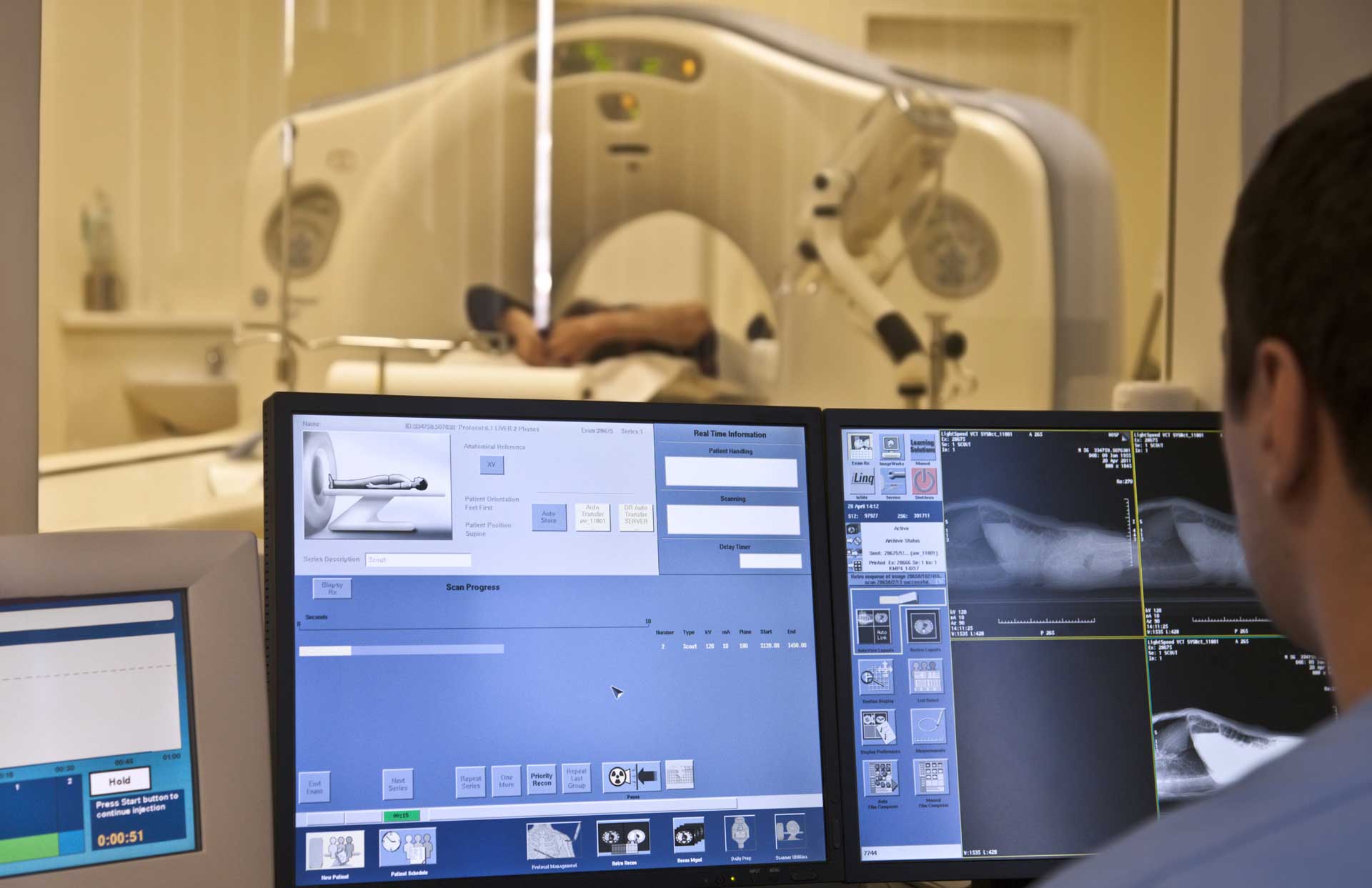Protecting Patients Who Need Frequent Medical Imaging
September 23, 2021
Depending on your injury or conditions, you may require frequent diagnostic medical imaging procedures such as X-rays, CT or MRI scans, or ultrasounds. At Insight Medical Imaging, we perform the previously stated procedures and also fluoroscopy, mammography, bone mineral densitometry, and body composition analysis.
In order to prevent unnecessary exposure to scatter radiation, we at Insight Medical Imaging have a policy in place to ensure that you and your loved ones are safe during and after your diagnostic imaging medical exams. Our policy keeps your safety in mind to ensure that you are not undergoing more radiological examinations than you need, and to minimize your risk of radiation exposure.
Our Policy To Protect You From Radiation Exposure
Here at Insight Medical Imaging, we keep radiation exposure to “as low as reasonably achievable”, and follow ALARA principles very meticulously.
Our top priority is the safety of our staff and patients, and that is why we only allow the patient into the imaging room to prevent unnecessary exposure to scatter radiation. We understand that diagnostic imaging can be stressful and we do make exceptions so long as your examination does not rely on ionizing radiation, your loved ones stay behind the safety barrier and window, and the room is deemed safe by our technologists.
These policies are in place to keep everyone safe during your medical imaging exams while ensuring that we capture the best images for your doctor’s diagnosis and aid in your treatment.
Protective Procedures
Insight Medical Imaging follows closely with Health Canada’s set guidelines for radiation safety procedures, also known as Safety Code 35.
These guidelines are set to ease patients’ fear of radiation that may be preventing them from seeking their necessary initial or additional medical imaging exams. As outlined by Health Canada, our diagnostic medical imaging exams are:
- Only done when prescribed
- Done as thoroughly as possible with minimum radiation exposure to the patient without jeopardizing essential diagnostic information. This includes ensuring that x-ray beams are limited in size and restricted to only the diagnostic area of interest
- Done with particular care for patients who are or are potentially pregnant
- Done with precision and only for diagnostic areas of interest, using a protective shield where the diagnostic area may involve sensitive areas of the body
- Limit radiation exposure of body tissues, meaning that we take special measures such as protective shielding and covering and pay particular attention in protecting children during examinations
- Restricted in the techniques used for the radiological examinations of infants and children
- Safe and specialized for children. We have the equipment to both safely restrict the movement of your child while undergoing a medical imaging exam and to ensure their radiation exposure is kept to a minimum
- Detailed and recorded in your clinical records
References
Health Canada. (n.d.) Radiation Protection in Radiology— Large Facilities. Safety Code 35. Retrieved from https://www.canada.ca/content/dam/hc-sc/migration/hc-sc/ewh-semt/alt_formats/pdf/pubs/radiation/safety-code_35-securite/safety-code_35-securite-eng.pdf


